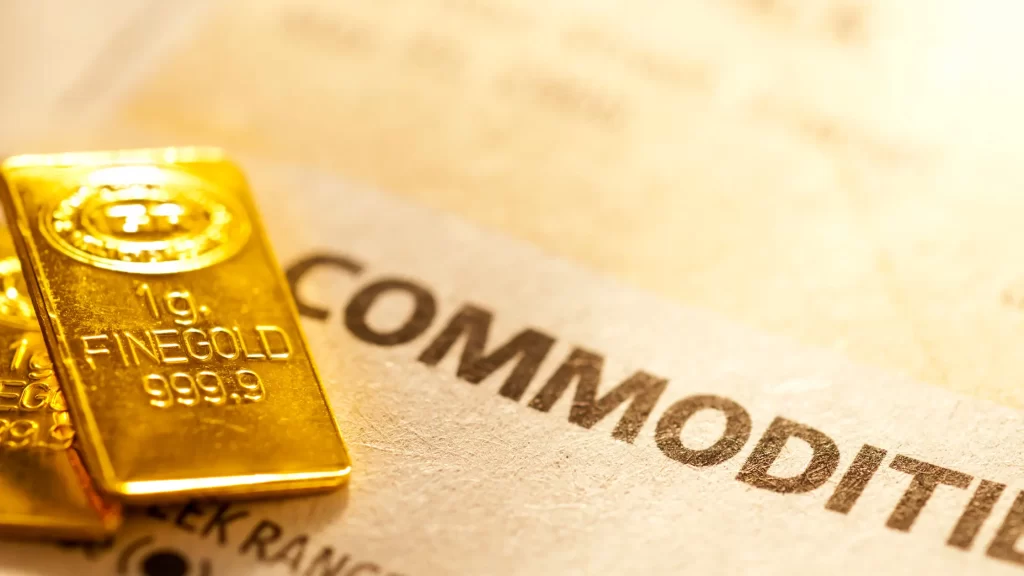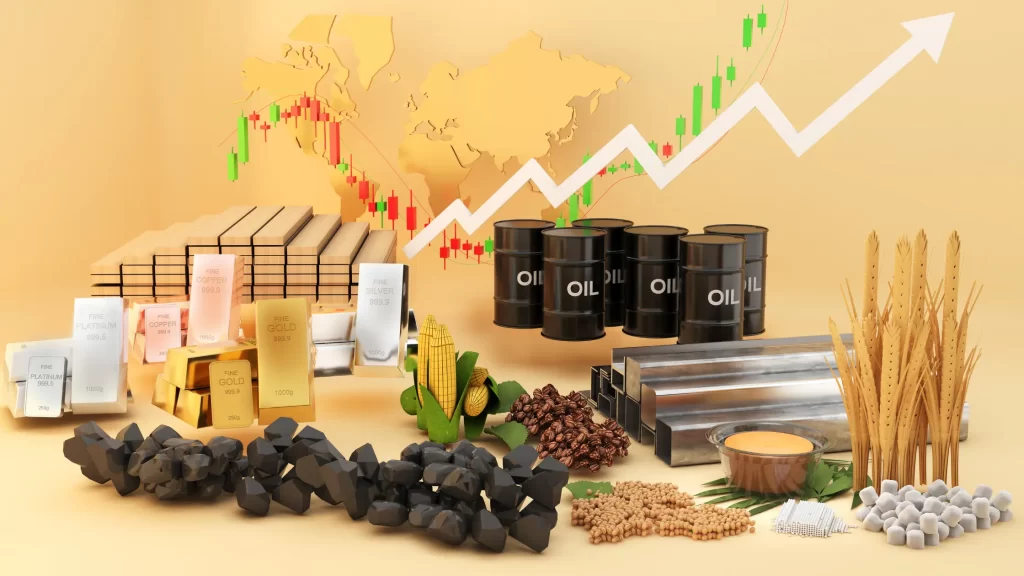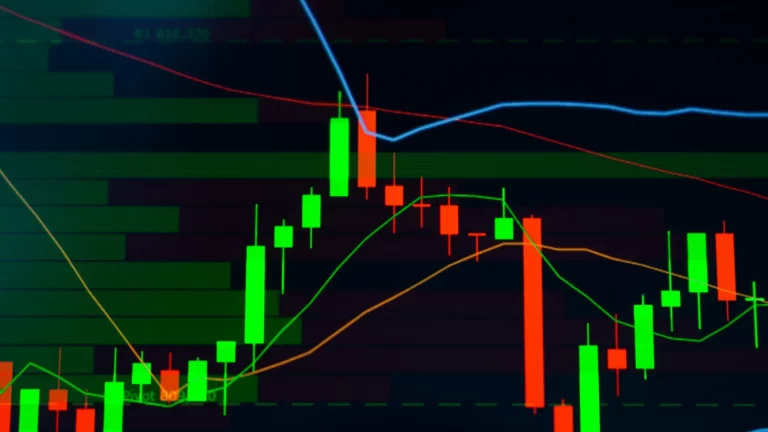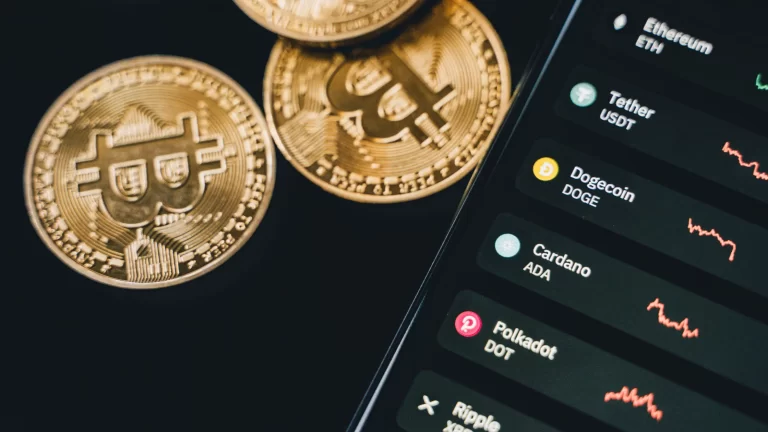AI in Predicting Commodity Price Movements: Lessons from Historical Market Data

Picture this: It’s mid-2023, and the global commodity markets are a rollercoaster. One minute, oil prices surge past $90 per barrel; the next, cotton prices plummet by more than 50%. Meanwhile, the price of agricultural staples like rice skyrockets by 34%, partly due to India’s export restrictions. For traders, investors, and policymakers alike, these swings are more than just numbers on a screen – they’re indicators of deeper market dynamics that shape economies, livelihoods, and investment strategies worldwide.
But what if there was a way to see these twists and turns coming? What if, like a seasoned sailor reading the winds, we could predict these movements and make informed decisions before the storm hits? Enter AI – artificial intelligence is now at the forefront of predicting commodity price movements, transforming how markets are understood and navigated.

The Complexity of Commodity Markets
Commodity markets are notoriously volatile, influenced by an intricate web of factors: supply and demand dynamics, weather patterns, geopolitical events, and economic policies, to name just a few. Take Africa, for example, where commodity prices have a significant impact on economic stability. The Afreximbank Commodity Index (AACI) shows how adverse shocks in commodity terms of trade have constrained growth in African economies that depend heavily on primary commodities for foreign exchange earnings. With these complexities, predicting price movements is like trying to catch lightning in a bottle.
However, AI offers a way to turn these challenges into opportunities by analyzing vast amounts of historical and real-time data to identify patterns and predict future movements.
How AI Models Decode the Market
AI models, particularly those employing machine learning and deep learning techniques, are changing the game in commodity price forecasting by using historical market data, weather patterns, and geopolitical events to identify trends and anticipate changes.
-
Leveraging Historical Data: Learning from the Past
Imagine trying to predict the price of gold without considering its historical performance during previous economic downturns, inflationary periods, or geopolitical crises. AI models do just that – they ingest vast amounts of historical data to recognize patterns and correlations that human analysts might miss. For example, during periods of economic uncertainty, gold typically serves as a safe haven asset. AI tools can identify such correlations and build predictive models that take historical behaviors into account.
-
Integrating Weather Patterns: A Vital Piece of the Puzzle
Weather plays a crucial role in commodity markets, especially for agricultural goods. Machine learning algorithms can analyze vast datasets from meteorological stations, satellite imagery, and even social media posts to assess how weather conditions affect crop yields and, consequently, commodity prices. For instance, AI tools might use data from drought patterns in West Africa to predict price spikes in cocoa or coffee, offering traders a heads-up before the broader market reacts.
-
Assessing Geopolitical Events: Reading Between the Lines
Geopolitical events often cause sudden and dramatic shifts in commodity prices. AI models can monitor news, social media, and other data sources in real-time to gauge the impact of political decisions, conflicts, and economic sanctions. For instance, when a conflict in the Middle East affects oil supply routes, AI tools can quickly assess the potential price impact and help traders make informed decisions.

Practical Applications: AI’s Impact on African Markets
For Africa, where economies are heavily reliant on commodities like oil, gas, metals, and agricultural goods, AI offers a way to mitigate risks associated with volatile prices. For example, the McKinsey report highlights how recent increases in commodity prices have significantly impacted the cost of goods sold (COGS) in Africa, particularly in energy-intensive sectors such as oil, gas, and mining. AI models could help stakeholders anticipate such cost fluctuations by predicting future commodity price movements more accurately.
Additionally, AI tools can aid policymakers in developing strategies to cushion the impact of these fluctuations. By analyzing patterns from past commodity cycles and integrating real-time data, AI can provide more precise forecasts, allowing governments to set more effective fiscal policies or create strategic reserves.
The Road Ahead: Challenges and Opportunities
While the promise of AI in commodity price forecasting is immense, there are still challenges. The accuracy of AI models depends on the quality and availability of data. In many African markets, data can be fragmented or limited, which can affect the reliability of predictions. Moreover, AI models need to be continuously refined and validated to ensure they adapt to new market conditions and avoid perpetuating biases.
Despite these challenges, the benefits of using AI to predict commodity price movements are becoming increasingly clear. As AI tools become more sophisticated and accessible, they will play a critical role in helping traders, investors, and policymakers navigate the complex terrain of commodity markets, turning uncertainty into opportunity.
Conclusion: A New Era for Commodity Trading
In a world where markets are influenced by everything from the weather in West Africa to geopolitical tensions in the Middle East, AI offers a way to see through the fog. By leveraging historical data, real-time information, and advanced algorithms, AI can provide insights that were previously unattainable, helping traders and policymakers stay ahead of the curve.
As Africa continues to develop its commodity markets and integrate more deeply into global supply chains, the use of AI could be a game-changer, providing the tools needed to navigate an increasingly complex landscape. The ability to predict commodity price movements before they happen could mean the difference between thriving in a volatile market and being left behind. The future of commodity trading, it seems, is not just in the hands of traders but in the data-driven insights provided by AI.






